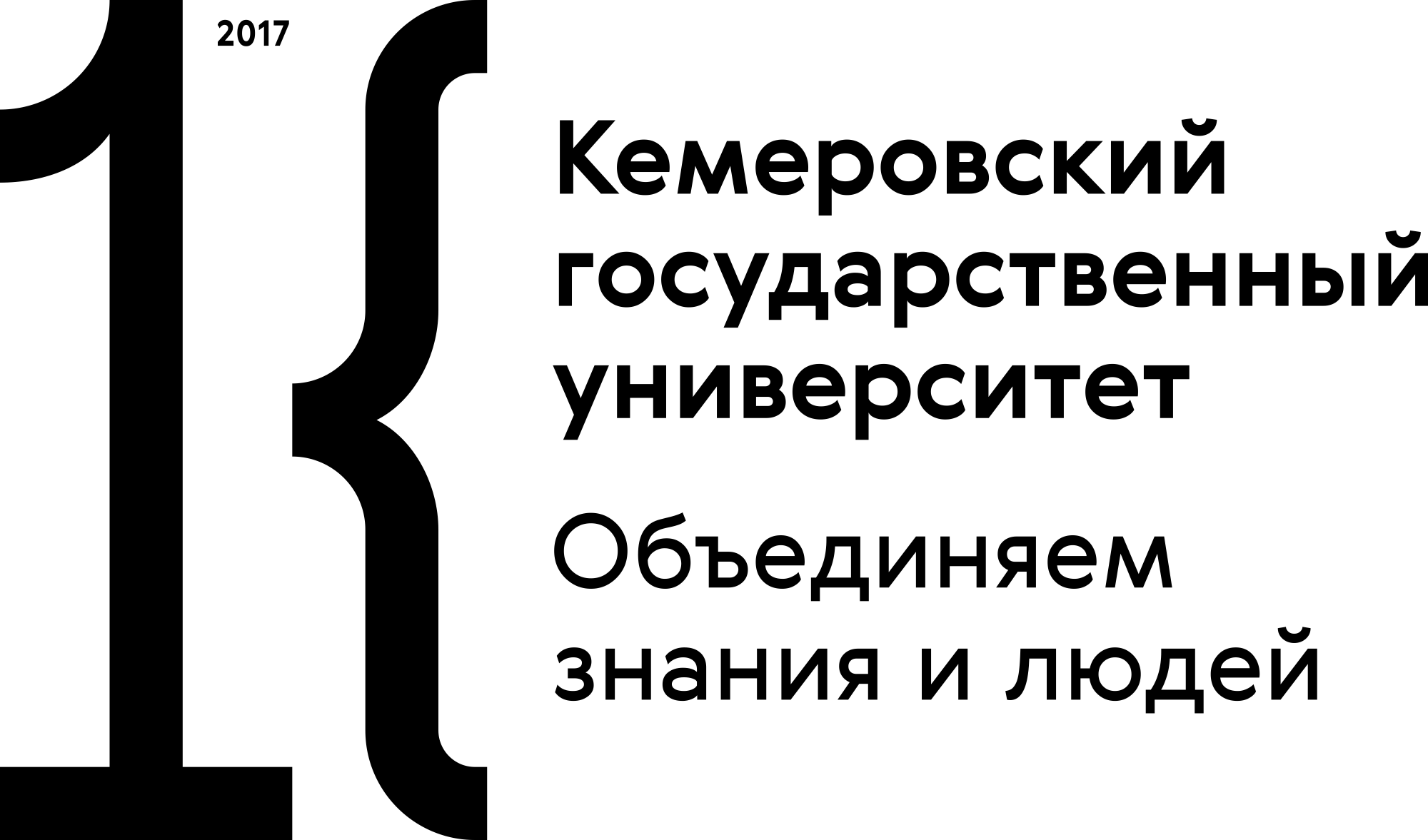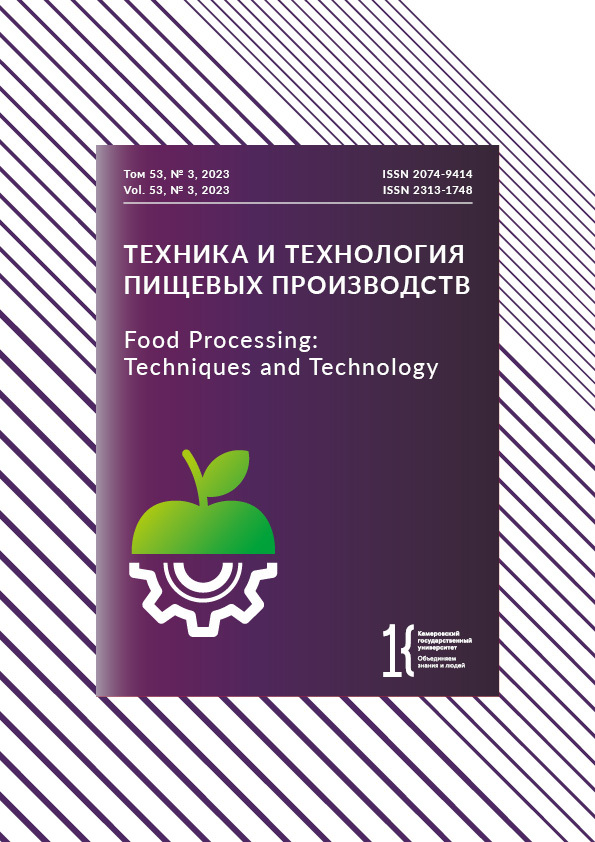Moscow, Russian Federation
Moscow, Moscow, Russian Federation
Karavaevo, Russian Federation
Vologda, Vologda, Russian Federation
Arkhangelsk, Russian Federation
Arkhangelsk, Russian Federation
Russian food market is striving to substitute imported blueberry products and planting material. This research featured the effect of various substrates and growth stimulators on the survival rate and morphometric parameters of blueberry ex vitro in the climate of Moscow. The study involved six cultivars of Vaccinium corymbosum L. (Bluecrop, Bluegold, Denise Blue, Duke, Kaz Pliszka, Patriot) and six cultivars of V. angustifolium Ait. (Northblue, Northcountry, Lakomka, Nerl, Neya, Pomorochka). The ex vitro experiment included various compositions of peat substrates and growth-stimulating preparations (Zircon, Epin-Extra) at the stage of adaptation to non-sterile conditions. Mulching with litter and sawdust of coniferous trees and treatment with Zircon and Epin-Extra were used in the field conditions. The highest survival rate (82–89%) of V. angustifolium in non-sterile conditions ex vitro belonged to the Russian cultivars treated with Epin-Extra 0.5 mL/L on mixes of peat and vermiculite (3:1) and peat and zeolite (3:1). The largest number of shoots (4.5–5.0 pcs.) was registered on peat and perlite (3:1). The highest survival rate on high-moor peat was 100% for annual V. angustifolium and 75–90% for V. corymbosum. The largest number of shoots (5.0–8.7 pcs.) was obtained from the samples treated sawdust and pine-and-spruce waste. The survival rate was 95–100% for perennial V. angustifolium and 84–90% for V. corymbosum. The maximal total shoot growth was observed after Epin-Extra 0.5 mL/L. The optimal substrates and growth regulators could be used to improve blueberry propagation for industrial cultivation in the soil and climate of Russia’s Central Non-Chernozem Zone. Epin-Extra made it possible to increase the number of shoots during ex vitro adaptation and on high-moor peat. Sawdust and pine litter had a positive effect on shoot formation for annual blueberry plants in the field.
Berry, blueberry, Vaccinium corymbosum L., Vaccinium angustifolium Ait., clonal micropropagation, ex vitro, mulching, growth stimulants
1. Prokopiev MG. The ecological component of food security. Market Economy Problems. 2018;(4):64–68. (In Russ.) https://doi.org/10.33051/2500-2325-2018-4-64-68
2. Zhevlakov GD. Food and environmental sustainability in ensuring the security of society. Pacific Rim: Economics, Politics, Law. 2019;(1):79–95. (In Russ.) https:// doi.org/10.24866/1813-3274/2019-1/79-95
3. Gribova NA, Eliseeva LG. Study of demand and consumer preferences of processed fruit and berry raw materials and products based on them. Bulletin of the Voronezh State University of Engineering Technologies. 2022;84(3):432–438. (In Russ.) https://doi.org/10.20914/2310-1202-2022-3-432-438
4. Ibrasheva LR, Obukhova NI, Bystrenina IE, Vasiliev VV, Sycheva IN, et al. International trade in agricultural and food products: Factors, trends, main subgroups. Moscow Economic Journal. 2023;8(7):17. (In Russ.) https://elibrary.ru/AZCFXM
5. Koziy I. Seasonal price formation for berries in retail chains. Berries of Russia. 2023;2(9):10–15. (In Russ.)
6. Obukhova NI, Ibrasheva LR, Bystrenina IE, Puchkova OS, Vasiliev VV, et al. Changes in global and Russian imports of fruit and berry products. Stolypin Bulletin. 2023;5(7):29. (In Russ.)
7. Nabieva AR. Consumer cooperation in the structure of the market of wild fruit and berry crops and forest mushrooms. Bulletin of the Mari State University. 2019;5(4):470–481. (In Russ.) https://doi.org/10.30914/2411-9687-2019-5-4-470-480
8. Minakov IA, Malyukov VV. Problems and prospects for the development of berry growing in Russia. Science and Education. 2022;5(2):24. (In Russ.)
9. Martynyuk AA, Kurlovich LE, Trushina IG, Trushina NI. Forest wild plants – Resources, use and legal regulation: Analytical review. Forestry Information. 2023;(4):117–165. (In Russ.) https://doi.org/10.24419/LHI.2304-3083.2023.4.11
10. Bezuglova V. Business has approved of fresh blueberries. Expert. 2022;(40):39–41. (In Russ.)
11. Flyurik EA, Bushkevich NV. Biotechnological aspects of the use of blueberry. Era of Science. 2020;(21):293–296. (In Russ.) https://elibrary.ru/TXTWDF
12. Khakhutaishvili M, Djaparidze I, Vanidze M, Kalandia A. Chemical study of various blueberry varieties introduced in Georgia. International Journal of Life Science. 2019;7(3):483–490.
13. Ştefanescu BE, Szabo K, Mocan A, Crisan G. Phenolic compounds from five ericaceae species leaves and their related bioavailability and health benefits. Molecules. 2019;24(11):2046. https://doi.org/10.3390/molecules24112046
14. Fayyaz S, Attar R, Xu B, Sabitaliyevich UY, Adylova A, et al. Realizing the potential of blueberry as a natural inhibitor of metastasis and powerful apoptosis inducer: Tapping the treasure trove for effective regulation of cell signaling pathways. Anti-Cancer Agents in Medicinal Chemistry. 2020;20(15):1780–1786. https://doi.org/10.2174/187152062066620- 0311103206
15. Kalt W, Cassidy A, Howard LR, Krikorian R, Stull AJ, et al. Recent research on the health benefits of blueberries and their anthocyanins. Advances in Nutrition. 2020;11(2):224–236. https://doi.org/10.1093/advances/nmz065
16. Mengist MF, Grace MH, Xiong J, Kay CD, Bassil N, et al. Diversity in metabolites and fruit quality traits in blueberry enables ploidy and species differentiation and establishes a strategy for future genetic studies. Frontiers in Plant Science. 2020;11:370. https://doi.org/10.3389/fpls.2020.00370
17. Miraghajani M, Momenyan S, Arab A, Dehkordi AH, Symonds ME. Blueberry and cardiovascular disease risk factors: A systematic review and meta-analysis of randomized controlled trials. Complementary Therapies in Medicine. 2020; 53:102389. https://doi.org/10.1016/j.ctim.2020.102389
18. Travica N, D’Cunha NM, Naumovski N, Kent K, Mellor DD, et al. The effect of blueberry interventions on cognitive performance and mood: A systematic review of randomized controlled trials. Brain, Behavior, and Immunity. 2020;85:96–105. https://doi.org/10.1016/j.bbi.2019.04.001
19. Bell L, Williams CM. Blueberry benefits to cognitive function across the lifespan. International Journal of Food Sciences and Nutrition. 2021;72(5):650–652. https://doi.org/10.1080/09637486.2020.1852192
20. Han T, Wu W, Li W. Transcriptome analysis revealed the mechanism by which exogenous ABA increases anthocyanins in blueberry fruit during veraison. Frontiers in Plant Science. 2021;12:758215. https://doi.org/10.3389/fpls.2021.758215
21. Prvulović D, Tukuljac MP, Kolarov R, Kolbas N, Kolbas A, et al. Chemical composition and antioxidant properties of blueberry fruits and jam. Agriculture & Food. 2021;9:78–85.
22. Ryabtseva TV. Blueberries as a promising crop, Part 2. World market trends. Our agriculture. 2022;(3):116–121. (In Russ.) https://elibrary.ru/NJURWE
23. Azari H, Morovati A, Gargari BP, Sarbakhsh P. Beneficial effects of blueberry supplementation on the components of metabolic syndrome: A systematic review and meta-analysis. Food & Function. 2022;13(9):4875–4900. https://doi.org/10.1039/ D1FO03715C
24. Duan Y, Tarafdar A, Chaurasia D, Singh A, Bhargava PC, et al. Blueberry fruit valorization and valuable constituents: A review. International Journal of Food Microbiology. 2022;381:109890. https://doi.org/10.1016/j.ijfoodmicro.2022.109890
25. Dunford NT. Blueberries and health. Functional Food Science. 2022;2(1):1–15. https://doi.org/10.31989/ffs.v2i1.875
26. Kiernozek E, Maslak P, Kozlowska E, Jarzyna I, Średnicka-Tober D, et al. Biological activity of extracts from differently produced blueberry fruits in inhibiting proliferation and inducing apoptosis of HT-29 cells. Foods. 2022;11(19):3011. https://doi.org/10.3390/foods11193011
27. Krishna P, Pandey G, Thomas R, Parks S. Improving blueberry fruit nutritional quality through physiological and genetic interventions: A review of current research and future directions. Antioxidants. 2023;12(4):810. https://doi.org/10.3390/ antiox12040810
28. Samani P, Costa S, Cai S. Neuroprotective effects of blueberries through inhibition on cholinesterase, tyrosinase, cyclooxygenase-2, and amyloidogenesis. Nutraceuticals. 2023;3(1):39–57. https://doi.org/10.3390/nutraceuticals3010004
29. Wilder-Smith CH, Materna A, Olesen SS. Blueberries improve abdominal symptoms, wellbeing and functioning in patients with functional gastrointestinal disorders. Nutrients. 2023;15(10):2396. https://doi.org/10.3390/nu15102396
30. Prieto Martínez A, Coutiño Diaz M, Anaya Romero L, Ali Redha A, Zare R, et al. Effects of Vaccinium berries (blueberries, cranberries and bilberries) on oxidative stress, inflammation, exercise performance, and recovery – A systematic review. Food & Function. 2024;15(2):444–459. https://doi.org/10.1039/d3fo04435a
31. Czernicka M, Sowa-Borowiec P, Puchalski C, Czerniakowski ZW. Content of bioactive compounds in highbush blueberry Vaccinium corymbosum L. Leaves as a potential raw material for food technology or pharmaceutical industry. Foods. 2024;13(2):246. https://doi.org/10.3390/foods13020246
32. Santos-Rufo A, Rodríguez-Solana R, Fernández-Recamales MA, Sayago-Gómez A, Weiland-Ardaiz CM. Comparative analysis of anatomical characteristics and phenolic compounds of two highbush blueberry (Vaccinium corymbosum L.) Cultivars with different rooting ability of semi-hardwood cuttings. Scientia Horticulturae. 2024;324:112591. https://doi.org/10.1016/ j.scienta.2023.112591
33. Finn CE, Strik BC, Mackey TA, Jones PA, Bassil NV, et al. ‘Echo’ ornamental reflowering blueberry. HortScience. 2019;54(2):368–370. https://doi.org/10.21273/HORTSCI13646-18
34. Simakhin MV, Zubik IN, Aniskina TS, Donskikh VG, Pokinche- reda AM. Assessment of the ornamental qualities of highbush blueberry varieties (Vaccinium corymbosum L.) in Moscow. Bulletin of the Kursk State Agricultural Academy. 2021;(8):75–79. (In Russ.) https://elibrary.ru/AAKORK
35. Kurlovich TV. Blueberries for amateurs and professionals. Moscow: De’Libri; 2020. 130 p. (In Russ.)
36. Radkevich TV. Current state and trends in the development of blueberry culture. Fruit Growing. 2022;34:211–219. (In Russ.) https://doi.org/10.47612/0134-9759-2022-34-211-219
37. Makarov SS, Upadyshev MT, Khamitov RS, Antonov AM, Kulikova EI, et al. Prospects for industrial cultivation and biotechnological methods of propagation of forest berries. Moscow: Kolos-s; 2023. 152 p. (In Russ.)
38. Latkov NYu, Vidyakin AV, Korzhuk AB, Latkova EV. Analysis and prospects for the development of berry crop production in the Russian Federation. International Agricultural Journal. 2020;63(6):47–58. (In Russ.) https://doi.org/10.24411/2588-0209-2020-10231
39. Drozd OV. Reservation of blueberry fruits depending on varietal specificity and meteorological conditions of the season. Fruit Growing. 2019;31:242–249. (In Russ.) https://elibrary.ru/CZKXKQ
40. Jiang Y, Zeng Q, Wei J, Jiang J, Li Y, et al. Growth, fruit yield, photosynthetic characteristics, and leaf microelement concentration of two blueberry cultivars under different long-term soil pH treatments. Agronomy. 2019;9(7):357. https:// doi.org/10.3390/agronomy9070357
41. Strik BC, Vance AJ. Highbush blueberry cultivars differ in the relationship between seed number and berry weight during the harvest season. HortScience. 2019;54(10):1728–1736. https://doi.org/10.21273/HORTSCI14198-19
42. Barai K, Calderwood L, Wallhead M, Vanhanen H, Hall B, et al. High variation in yield among wild blueberry genotypes: Can yield be predicted by leaf and stem functional traits? Agronomy. 2022;12(3):617. https://doi.org/10.3390/ agronomy12030617
43. Makeeva GYu, Tyak GV, Makeev VA, Makarov SS. Creation of the first Russian cultivars of blueberry (Vaccinium angustifolium Ait.). Contemporary horticulture. 2023;(1):1–14. (In Russ.) https://elibrary.ru/ORCZRX
44. Makarov SS, Rodin SA, Kuznetsova IB, Chudetsky AI, Tsaregradskaya SYu. Effect of lighting on rhizogenesis of berry plants during clonal micropropagation. Food Processing: Techniques and Technology. 2021;51(3):520–528. (In Russ.) https://doi.org/10.21603/2074-9414-2021-3-520-528
45. Makarov SS, Upadyshev MT, Kuznetsova IB, Zaushintsena AV, Kulikova EI, et al. The use of lighting of various spectral ranges for clonal micropropagation of forest berry plants. Russian Forestry Journal. 2022;(6):82–93. (In Russ.) https://doi.org/10.37482/0536-1036-2022-6-82-93
46. Makarov SS, Kuznetsova IB, Chudetsky AI, Rodin SA. Obtaining high-quality planting material of forest berry plants by clonal micropropagation for restoration of cutover peatlands. Russian Forestry Journal. 2021;(2):21–29. https:// elibrary.ru/ZZIXQR
47. Debnath SC, Goyali JC. In Vitro propagation and variation of antioxidant properties in micropropagated Vaccinium berry plants – A review. Molecules. 2020;25(4):788. https://doi.org/10.3390/molecules25040788
48. Fang Y, Nunez GH, de Silva MN, Phillips DA, Munoz PR. A review for southern highbush blueberry alternative production systems. Agronomy. 2020;10(10):1531. https://doi.org/10.3390/agronomy10101531
49. Nunes de Lima F, Yamanishi OK, de Pires MC, Saba ED, Pereira AR, et al. Ecophysiology of the southern high- bush blueberry cv. biloxi in response to nitrogen fertigation. Comunicata Scientiae. 2020;11:e3245. https://doi.org/10.14295/ cs.v11i0.3245
50. Vladimirov DR, Gladilin AA, Gnedenko AE, Glukhov AI, Grudinskaya VA, et al. Methodology for phenological observations. Moscow: Alpina PRO; 2023. 208 p. (In Russ.)











